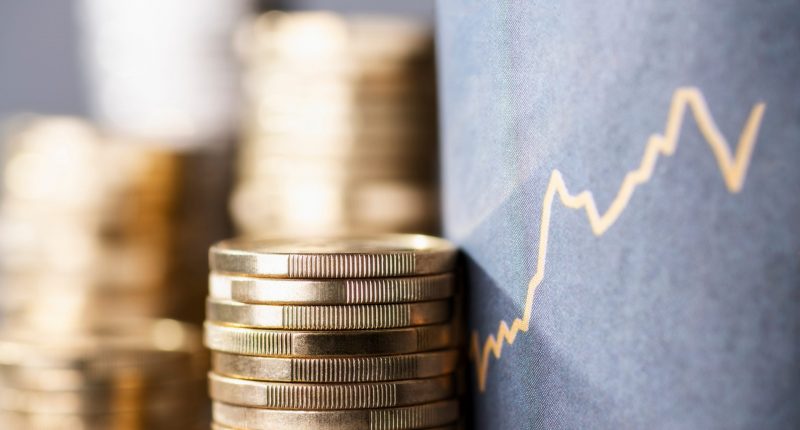Australia’s CPI inflation indicator rose by 3.5% in July on a year-on-year basis, a shift down from 3.8% in June, with the Australian Bureau of Statistics (ABS) saying that housing was one of the driving forces behind the price increases.
However, the reading was also moderated by the impact of state and federal government rebates on electricity bills, which are expected to have only a temporary impact on inflation.
UBS and TD Securities had both anticipated a 3.5% rise for the month, although a lower rate of 3.4% had been expected in other quarters.
In its release to the market, the ABS said the biggest sectors impacting price rises were housing – which was up 4% in July – food and non-alcoholic beverages (up 3.8%), alcohol and tobacco (up 7.2%) and transport (up 3.4%).
Drilling into the housing sector, the numbers for July reflected trends we have been seeing for a while: with builders passing on increased costs and building material costs, impacting the pricing of new dwellings – which saw an annual rise of 5%, down from 5.4% in June, although the reading has been circulating around the 5% mark since August 2023.
Likewise, a tight rental market – marked by low vacancy rates in most capital cities – has kept rental prices high, coming in at a 6.9% increase in the 12 months to July, a revision down from the 7.1% increase in June.
One factor to watch is the impact of energy bill rebates from State and Governments, with the ABS saying that these were the driver behind a fall in electricity prices to 5.1% in the 12 months to July – down from a 7.5% rise in June.
The 2024-25 Commonwealth Energy Bill Relief Fund (EBRF) rebates and State government rebates in Western Australia, Queensland and Tasmania were all introduced in July, with households in Queensland and Western Australia receiving the first installment of the Commonwealth EBRF rebate in the same month.
Households in the remaining capital cities will receive their first rebate instalment from August 2024.
Additionally, state government support such as the $1,000 Cost of Living rebate in Queensland, the first instalment of $400 energy rebate in Western Australia and the $250 Renewable Energy Dividend payment in Tasmania helped rate payers in those states reduce their electricity bills.
Given the temporary nature of these initiatives, a cooling figure of inflation for July – to which they have contributed – may not represent an overall softening trend, and the Reserve Bank of Australia will be keeping its eye on all of these factors when it meets next month.









